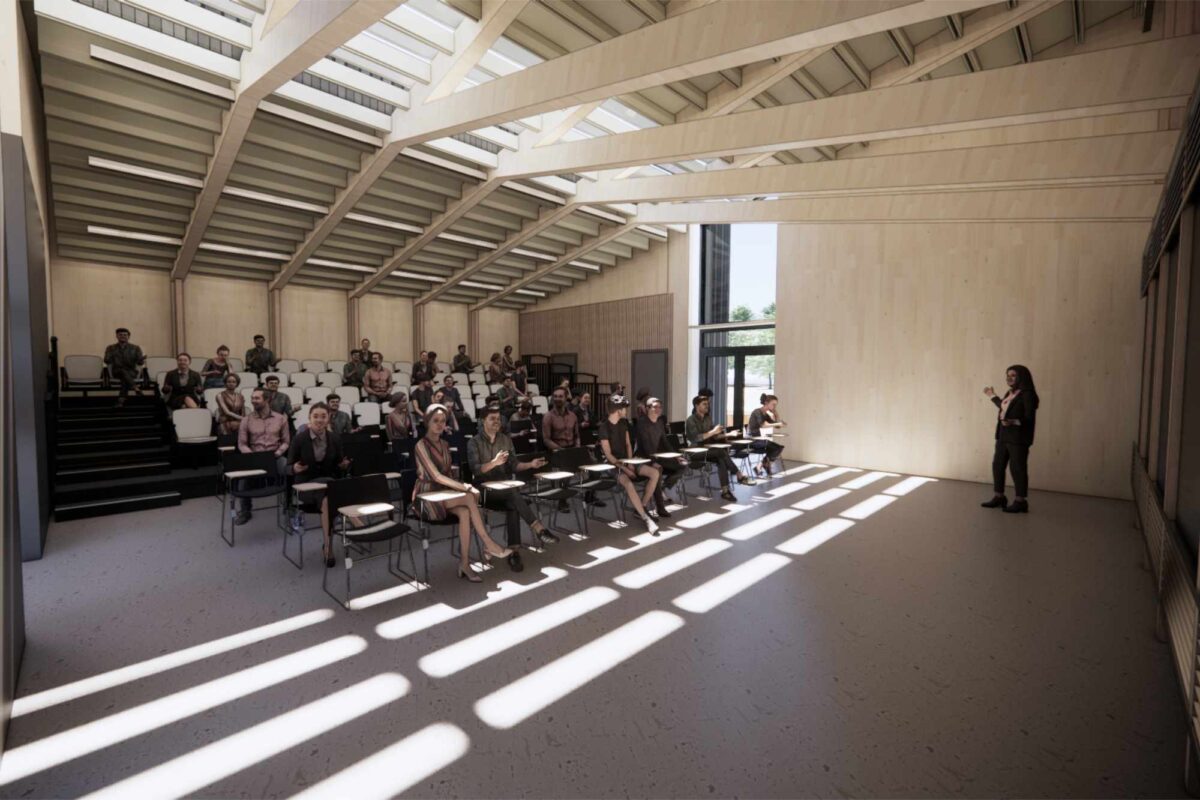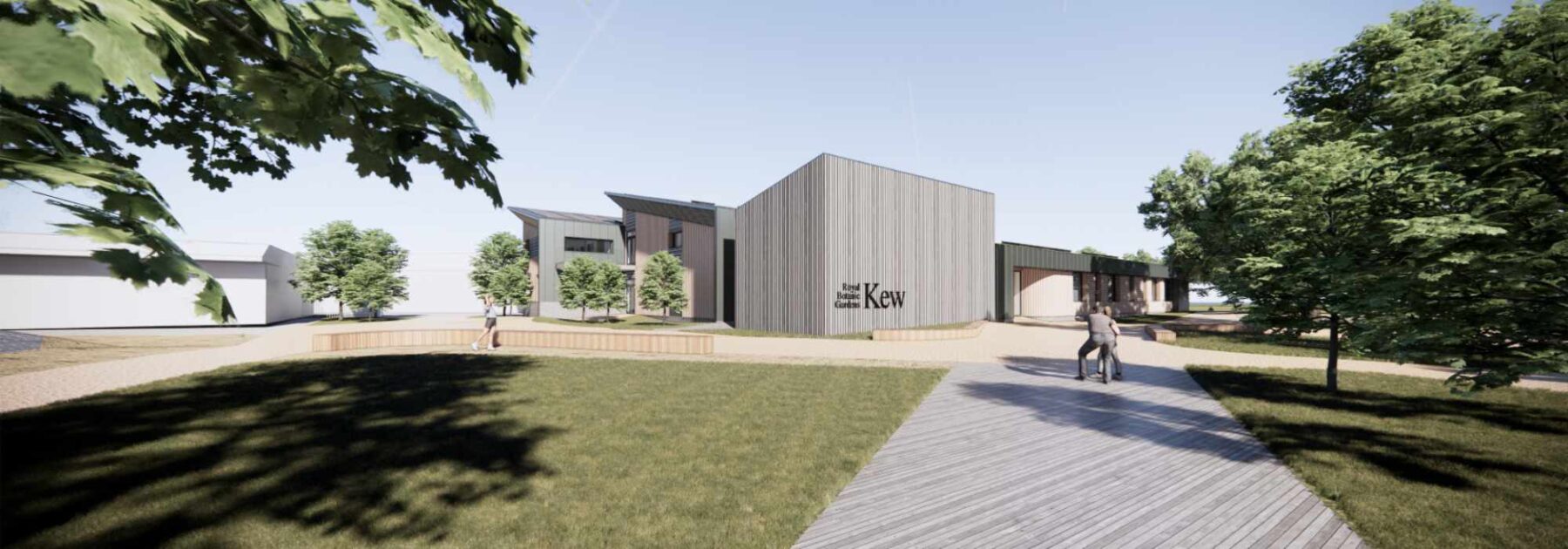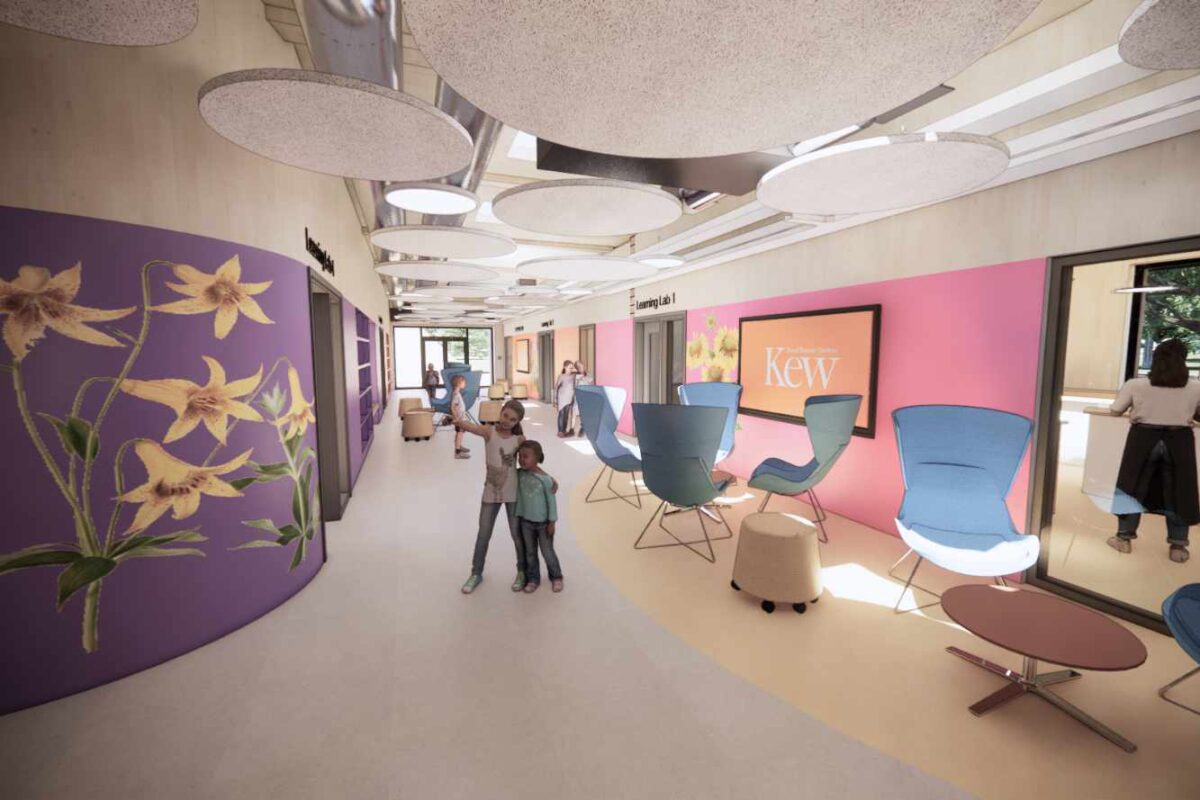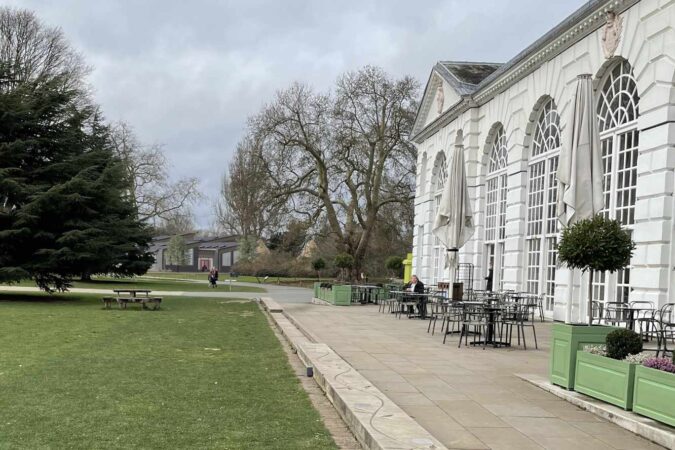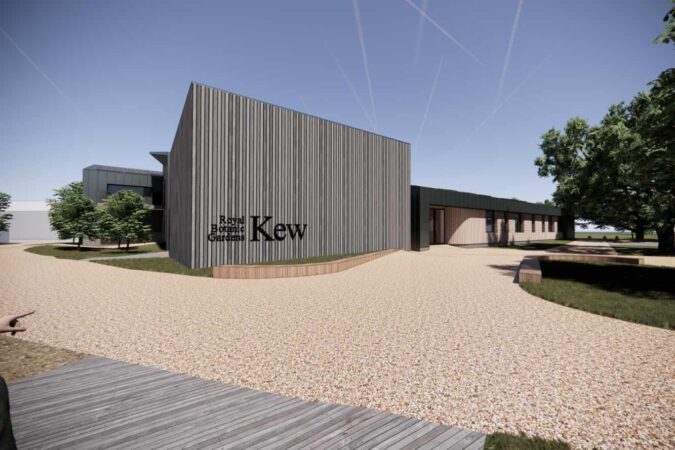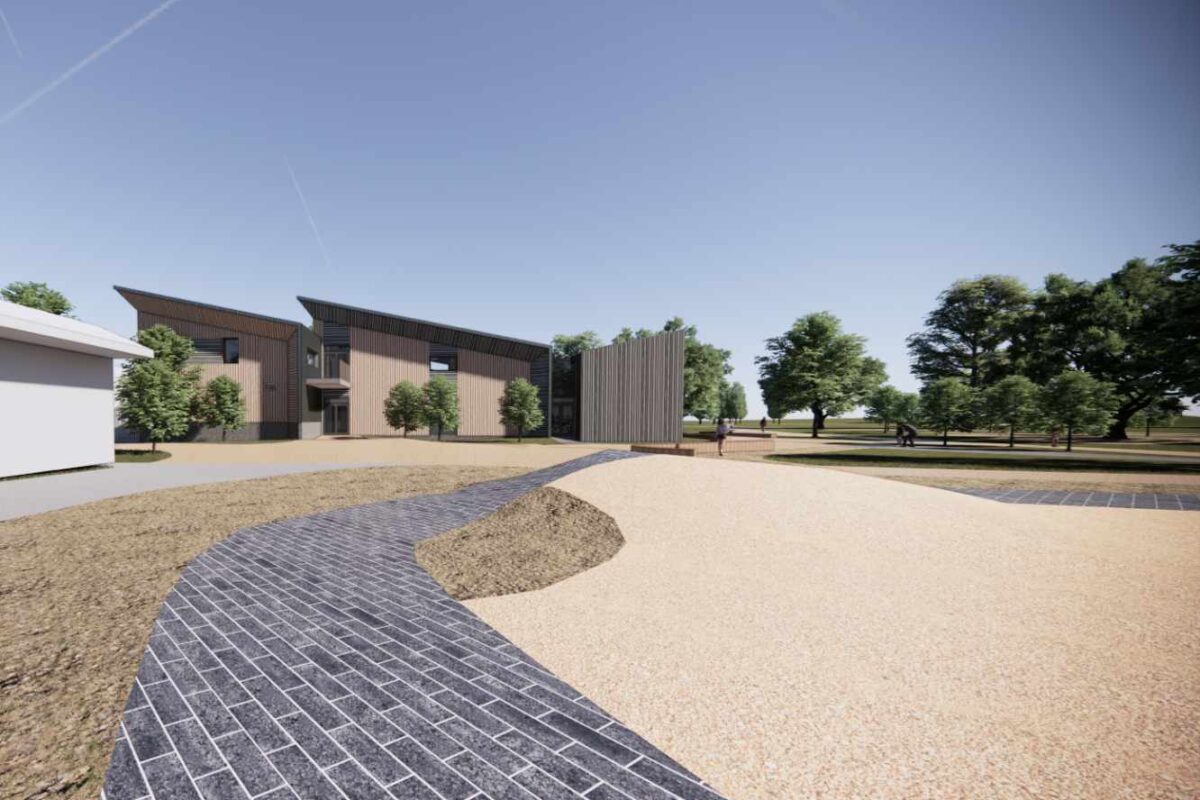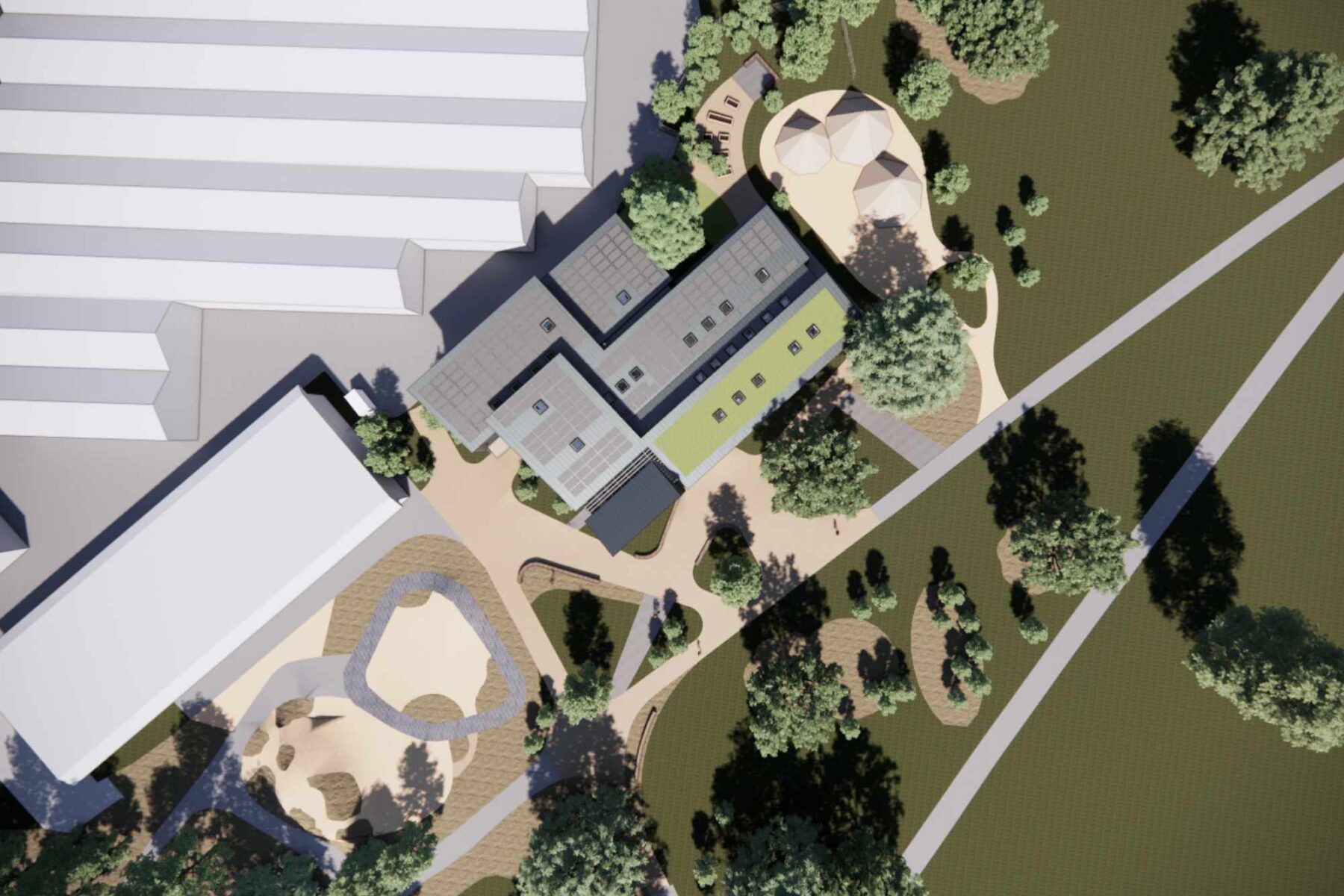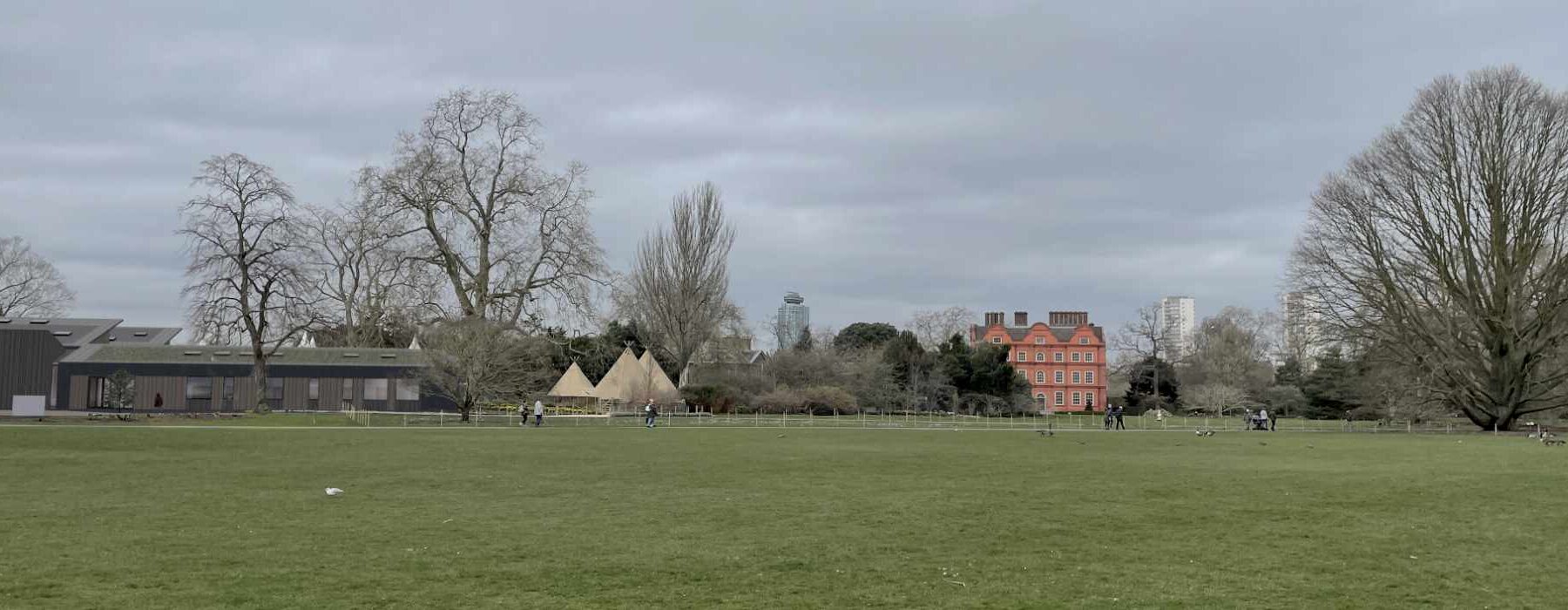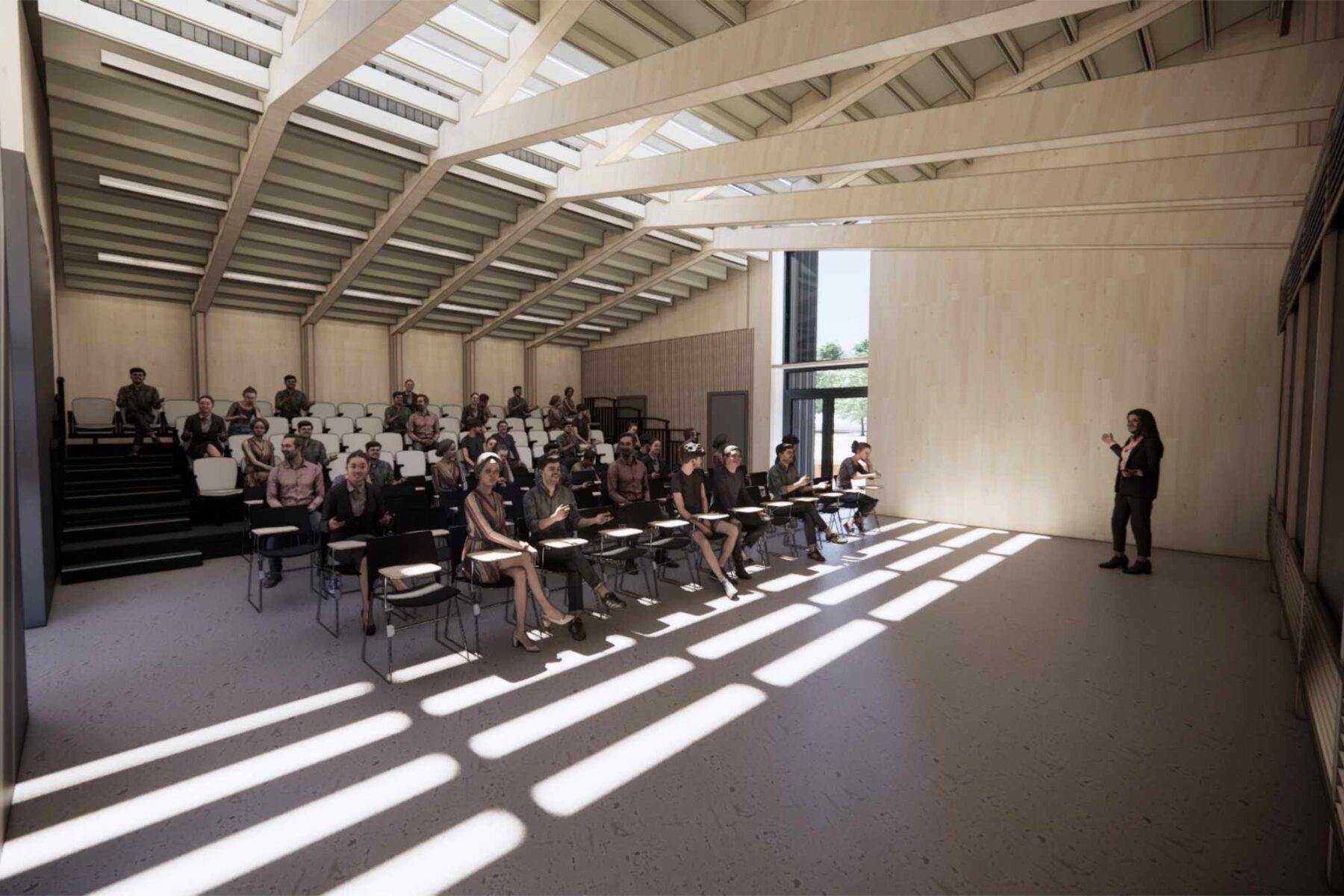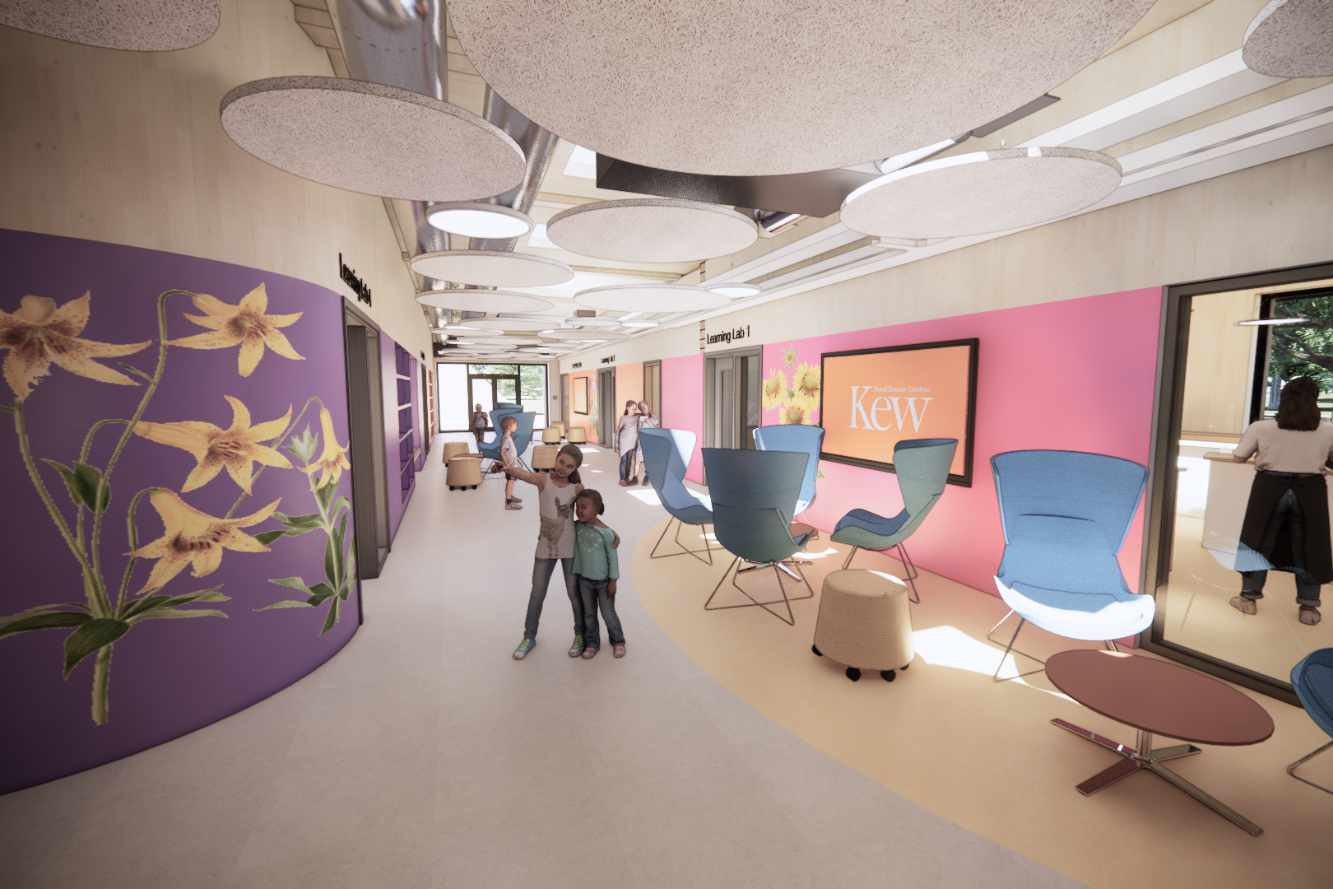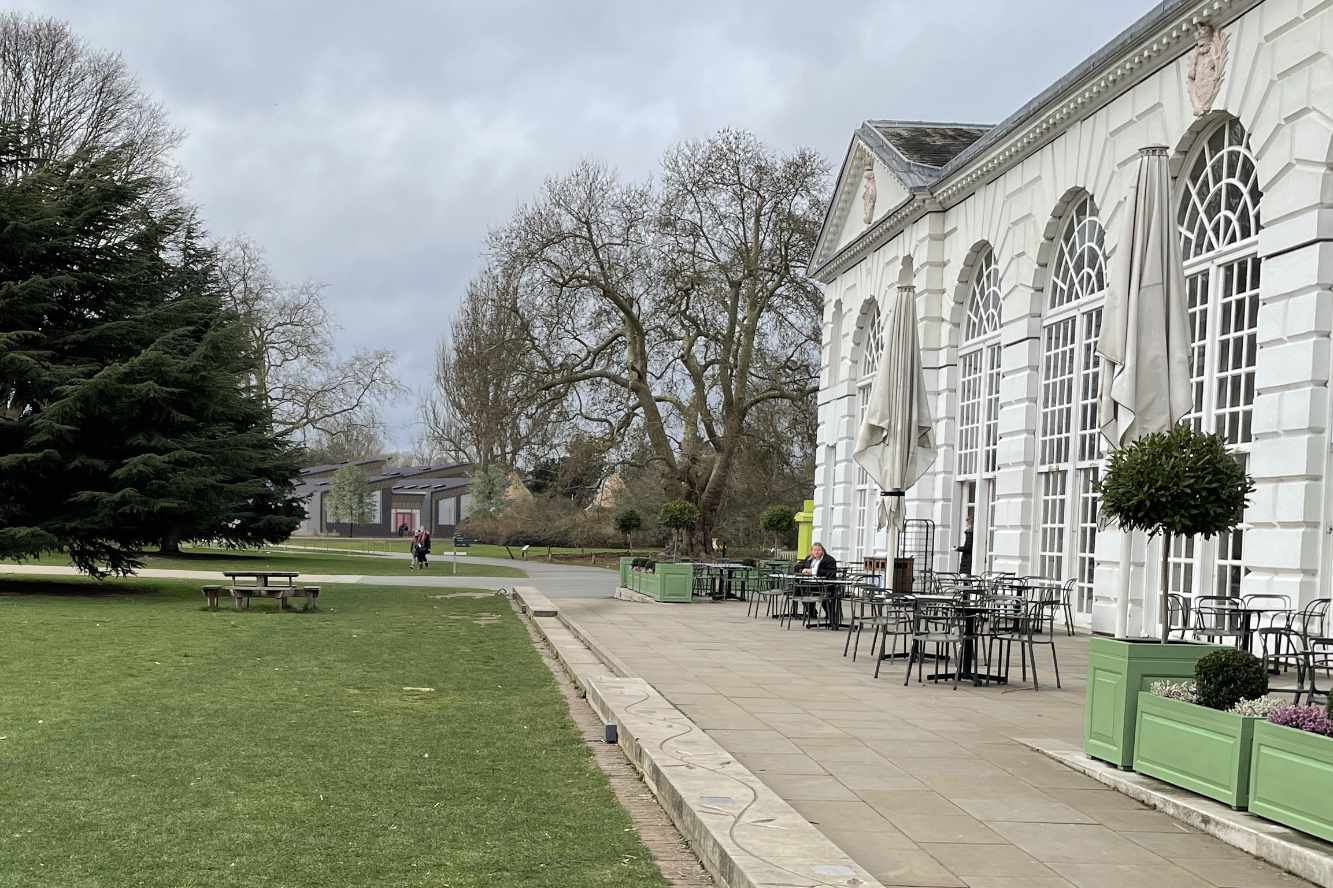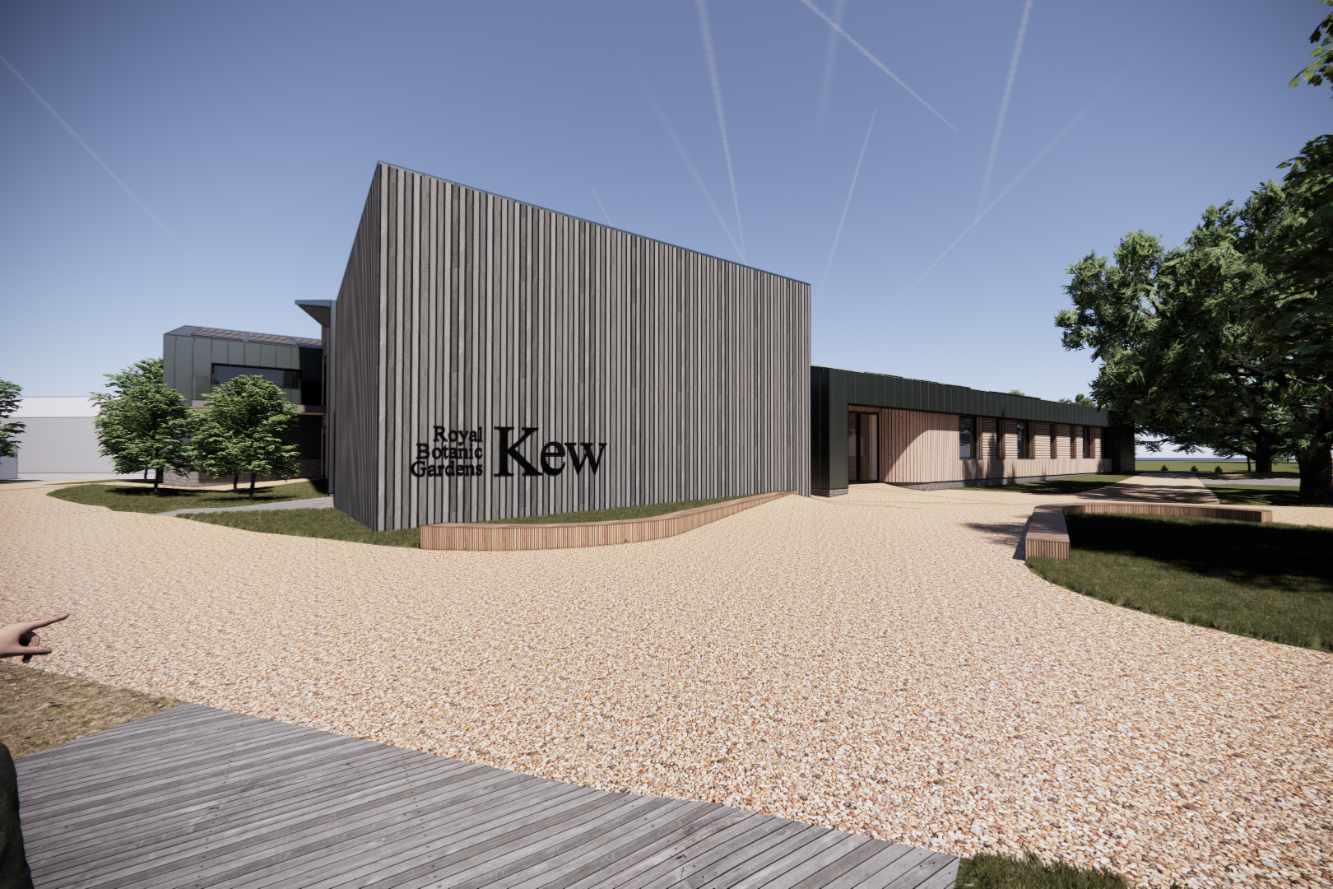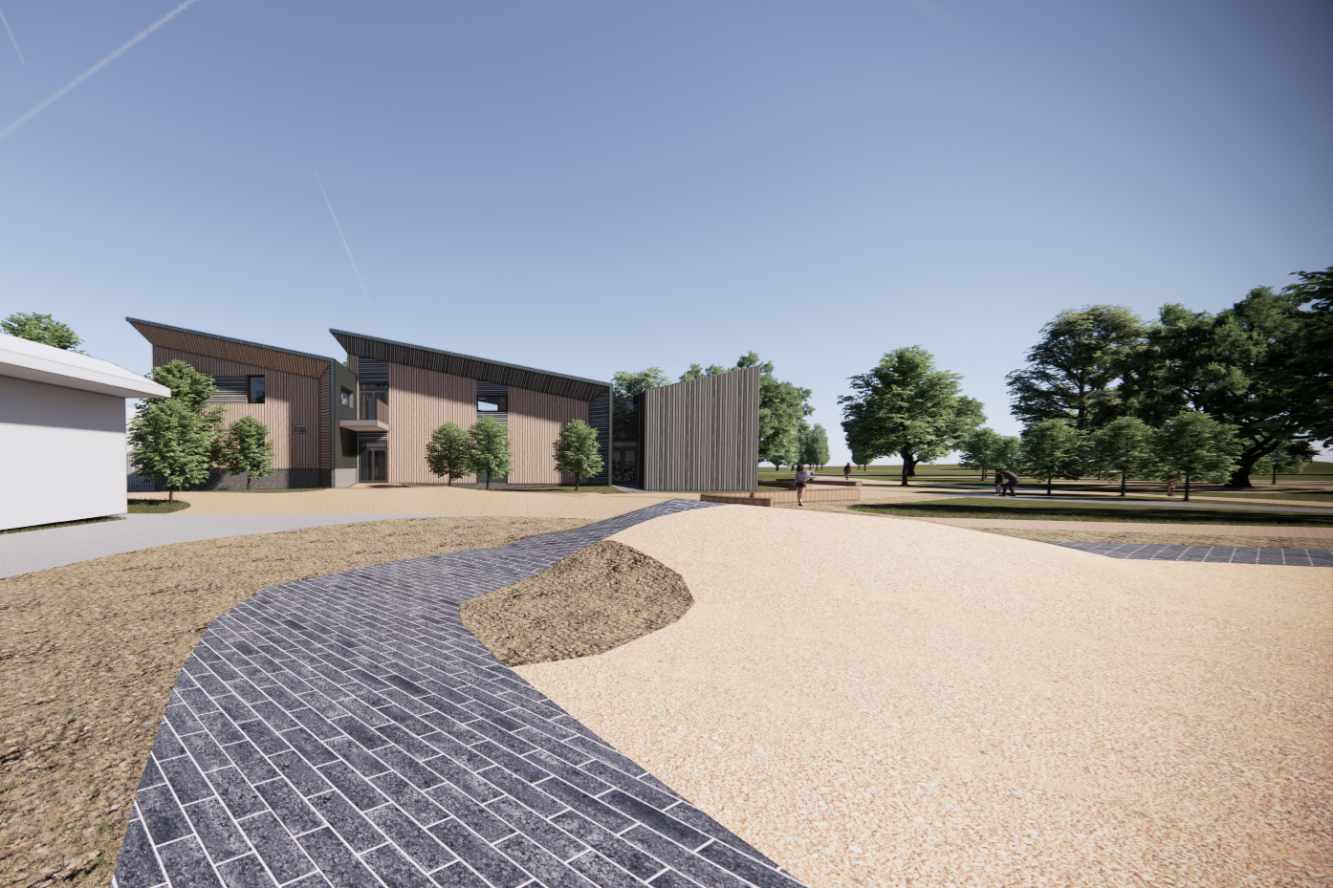Kew Gardens Passivhaus Learning Centre
The new Learning Centre forms part of a site-wide masterplan providing bespoke teaching spaces for students of all ages, office space for the Kew Learning team and gallery space.
The Learning Centre will be the first building delivered within the Kew Gardens Strategy for Change, which has recently committed their sites to becoming carbon negative by 2030. As such, the brief for this first building required Passivhaus performance (Design Stage Cert achieved), BREEAM Outstanding and Whole Life Zero Carbon, with the embodied carbon of the building’s materials and construction, as well as carbon in use, being paid back by the energy the building will create in a 70 year service life period.
The new learning centre will have a heating demand of less than 13w/sqm, with full ventilation and heat recovery provided for the highly efficient, high comfort teaching spaces. The energy used by the building will come from a variety of sources, with PV solar arrays combining with air source heat pumps to provide the small amounts of additional heating required over and above that provided by the passive solar gains designed into the window size and orientation. Heat recovery from waste water, electrolytic energy from sewage streams and heat recovery from areas of composting in the external grounds planting areas will also be employed as visible learning exercises.
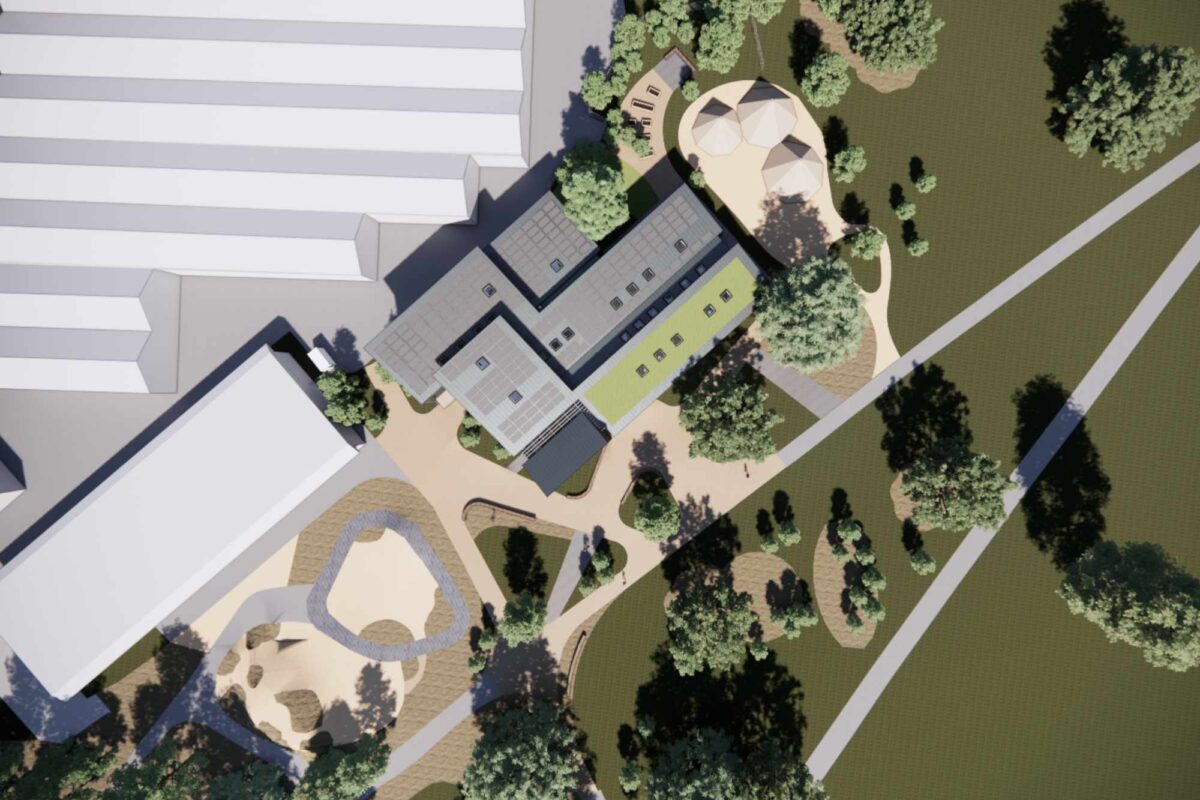
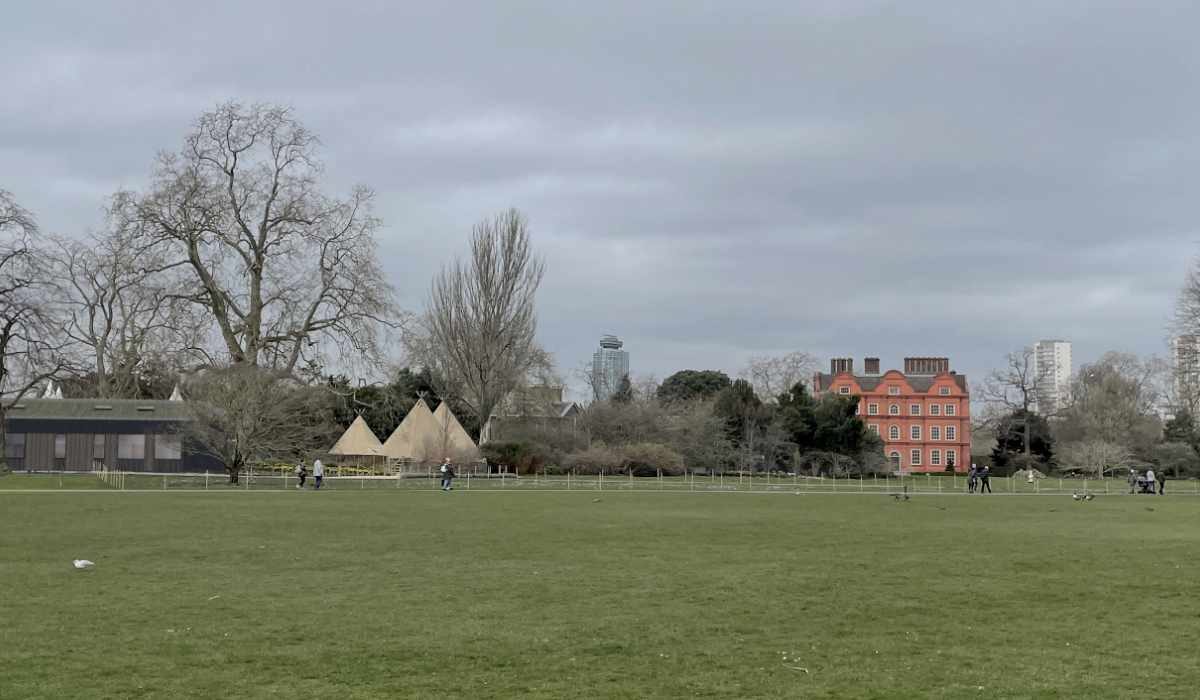
The visual impact on the UNESCO World Heritage gardens has been reduced by limiting the areas of two storey development to the far side of the site when viewed from the gardens, with the shallow roof pitch, clad with sedum to the lower level and PV cells to the higher area, merging the building with gardens at low levels and reflections of the sky at upper levels.
The materials used for the building structure and facade are based upon a review of embodied carbon, with external cladding provided from Kew Gardens trees, cross laminated timber super-structure and 90% recycle content brick cladding. The insulation used for the building will be grown from mycelium and bound with waste products to form a fully bio-derived and compostable solution.
